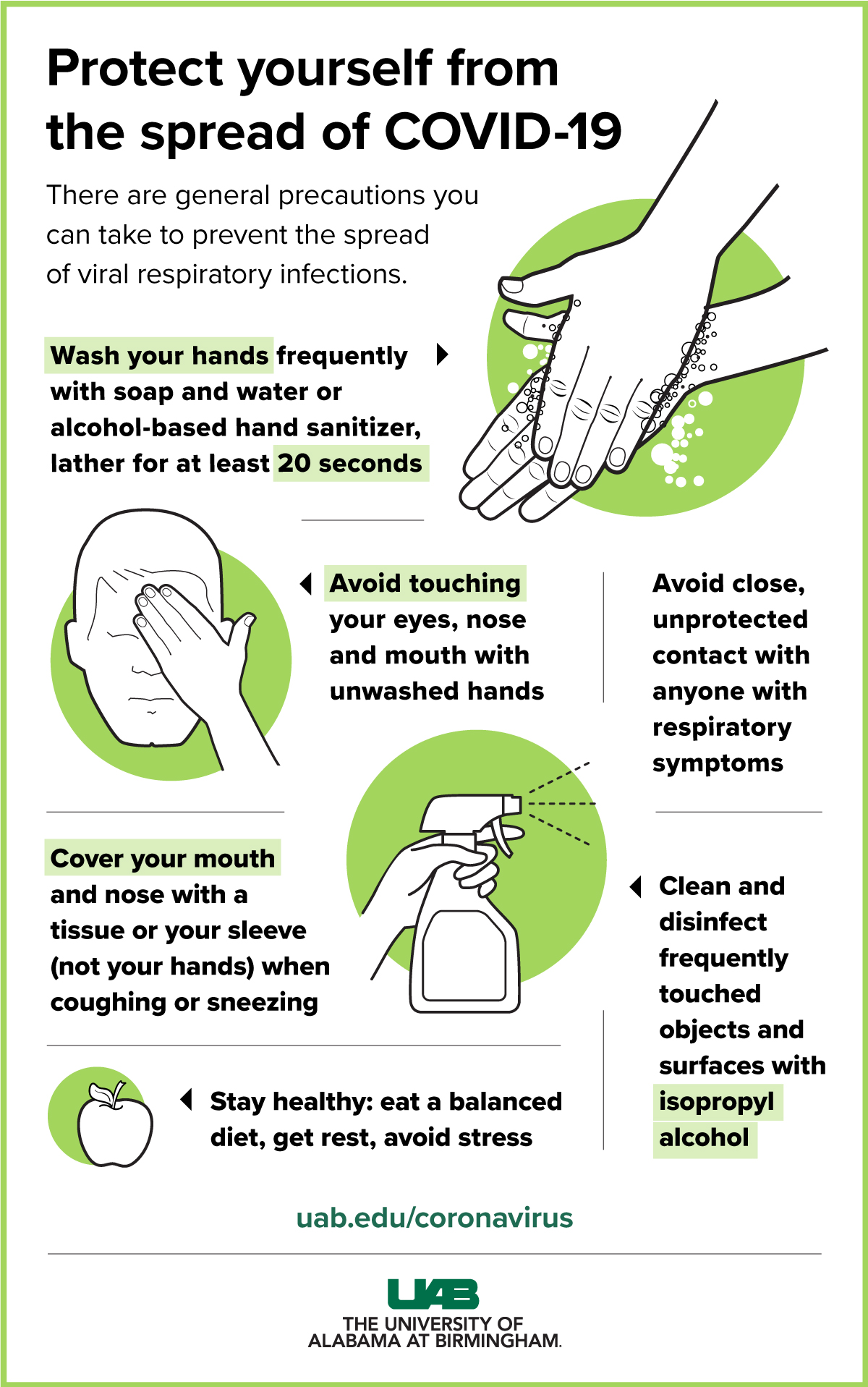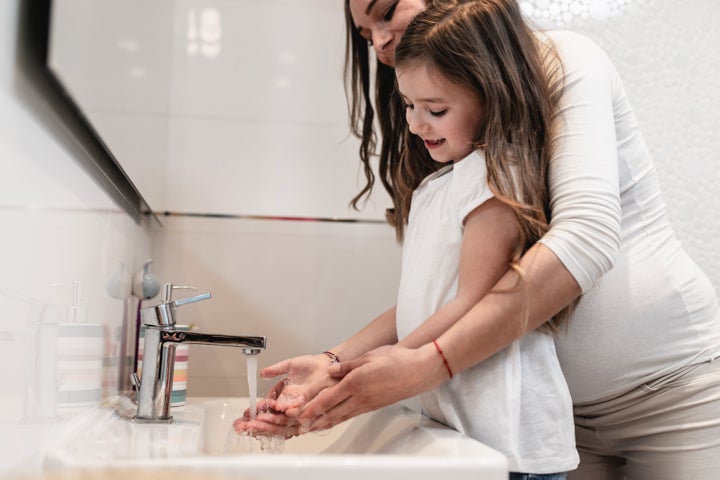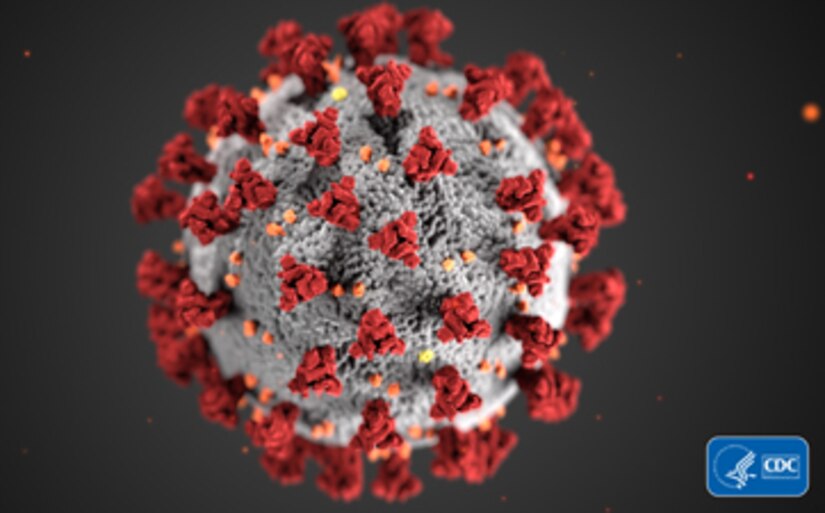آخرین مطالب
امکانات وب
Coronaviruses are types of viruses that typically affect the respiratory tracts of birds and mammals, including humans. Doctors associate them with the common cold, bronchitis, pneumonia, and severe acute respiratory syndrome (SARS), and they can also affect the gut.
China has struggled to contain the 2019 Novel Coronavirus, locking millions of people in their cities, as the virus continues to spread around the globe.

The World Health Organization, which named the virus COVID-19, has declared the outbreak a "Public Health Emergency of International Concern" with 79,331 confirmed cases around the globe.

Symptoms
Cold- or flu-like symptoms usually set in from 2–4 days after a coronavirus infection and are typically mild. However, symptoms vary from person-to-person, and some forms of the virus can be fatal.
Symptoms include:
- sneezing
- runny nose
- fatigue
- cough
- fever in rare cases
- sore throat
- exacerbated asthma
Scientists cannot easily cultivate human coronaviruses in the laboratory unlike the rhinovirus, which is another cause of the common cold. This makes it difficult to gauge the impact of the coronavirus on national economies and public health.
There is no cure, so treatments include self-care and over-the-counter (OTC) medication. People can take several steps, including:
- resting and avoiding overexertion
- drinking enough water
- avoiding smoking and smoky areas
- taking acetaminophen, ibuprofen, or naproxen for pain and fever
- using a clean humidifier or cool mist vaporizer
A doctor can diagnose the virus responsible by taking a sample of respiratory fluids, such as mucus from the nose, or blood.
Types eResearch by Navid Ajamin -- winter 2020
Coronaviruses belong to the subfamily Coronavirinae in the family Coronaviridae.
Different types of human coronaviruses vary in how severe the resulting disease becomes, and how far they can spread.
Doctors currently recognize seven types of coronavirus that can infect humans.
Common types include:
- 229E (alpha coronavirus)
- NL63 (alpha coronavirus)
- OC43 (beta coronavirus)
- HKU1 (beta coronavirus)
Rarer strains that cause more severe complications include MERS-CoV, which causes Middle East respiratory syndrome (MERS), and SARS-CoV, the virus responsible for severe acute respiratory syndrome (SARS).
In 2019, a dangerous new strain called SARS-CoV-2 started circulating, causing the disease COVID-19.
Transmission
Limited research is available on how HCoV spreads from one person to the next.
However, researchers believe that the viruses transmit via fluids in the respiratory system, such as mucus.
Coronaviruses can spread in the following ways:
- Coughing and sneezing without covering the mouth can disperse droplets into the air.
- Touching or shaking hands with a person who has the virus can pass the virus between individuals.
- Making contact with a surface or object that has the virus and then touching the nose, eyes, or mouth.
- Some animal coronaviruses, such as feline coronavirus (FCoV), may spread through contact with feces. However, it is unclear whether this also applies to human coronaviruses.

To prevent transmission, people should stay at home and rest while symptoms are active. They should also avoid close contact with other people.
Covering the mouth and nose with a tissue or handkerchief while coughing or sneezing can also help prevent transmission. It is important to dispose of any tissues after use and maintain hygiene around the home.
There is currently no vaccine to prevent coronavirus disease 2019 (COVID-19). The best way to prevent illness is to avoid being exposed to this virus. However, as a reminder, CDC always recommends everyday preventive actions to help prevent the spread of respiratory diseases, including:
- Avoid close contact with people who are sick.
- Avoid touching your eyes, nose, and mouth.
- Stay home when you are sick.
- Cover your cough or sneeze with a tissue, then throw the tissue in the trash.
- Clean and disinfect frequently touched objects and surfaces using a regular household cleaning spray or wipe.
- Follow CDC’s recommendations for using a facemask.
- CDC does not recommend that people who are well wear a facemask to protect themselves from respiratory diseases, including COVID-19.
- Facemasks should be used by people who show symptoms of COVID-19 to help prevent the spread of the disease to others. The use of facemasks is also crucial for health workers and people who are taking care of someone in close settings (at home or in a health care facility).
- Wash your hands often with soap and water for at least 20 seconds, especially after going to the bathroom; before eating; and after blowing your nose, coughing, or sneezing.
- If soap and water are not readily available, use an alcohol-based hand sanitizer with at least 60% alcohol. Always wash hands with soap and water if hands are visibly dirty.
Italy, Iran, and South Korea are now among the countries reporting quickly growing numbers of detected COVID-19 infections. Many countries have responded with containment attempts, despite the dubious efficacy and inherent harms of China’s historically unprecedented crackdown. Certain containment measures will be appropriate, but widely banning travel, closing down cities, and hoarding resources are not realistic solutions for an outbreak that lasts years. All of these measures come with risks of their own. Ultimately some pandemic responses will require opening borders, not closing them. At some point the expectation that any area will escape effects of COVID-19 must be abandoned: The disease must be seen as everyone’s problem.

Should I wear a medical mask?
The use of a medical mask is advised if you have respiratory symptoms (coughing or sneezing) to protect others. If you don’t have any symptoms, then there is no need to wear a mask.
If masks are worn, they must be used and disposed of properly to ensure their effectiveness and to avoid any increased risk of transmitting the virus.
The use of a mask alone is not enough to stop infections and must be combined with frequent hand washing, covering sneezes and coughs, and avoiding close contact with anyone with cold or flu-like symptoms (coughing, sneezing, fever).
Most parents know they need to closely monitor children under five for any signs their illness is getting more severe. It is important to pay even closer attention to babies and toddlers under two, making sure they are getting enough liquids because they can easily become dehydrated.
Children with chronic health conditions, such as asthma, diabetes, cystic fibrosis, cerebral palsy, heart conditions or seizures, are also at increased risk for developing influenza-related complications, and the illness can exacerbate their underlying medical problems.
But many of the children hospitalized with influenza this flu season did not have any of the underlying chronic conditions that make children susceptible to complications from influenza, and that is not unusual.
Reference:
- medicalnewstoday.com/articles/256521#symptoms
- en.wikipedia.org/wiki/Bat-borne_virus
- cdc.gov/coronavirus/2019-ncov/about/prevention-treatment.html
- theatlantic.com/health/archive/2020/02/covid-vaccine/607000/
- unicef.org/stories/novel-coronavirus-outbreak-what-parents-should-know
- newsday.com/news/health/coronavirus-virus-questions-answers-myths-1.41248807
- media-eng.dhakatribune.com
- img.huffingtonpost.com
- media.defense.gov
- irishtimes.com
- uab.edu
See also:
- Coronavirus Map: Tracking the Spread of the Outbreak -- nytimes.com
- Coronavirus disease (COVID-19): What parents should know -- unicef.org
- Coronavirus myths: What's true and what's not -- newsday.com
- How to Talk to Your Kids About the Coronavirus -- healthline.com
برچسب : نویسنده : healthy4you بازدید : 159



